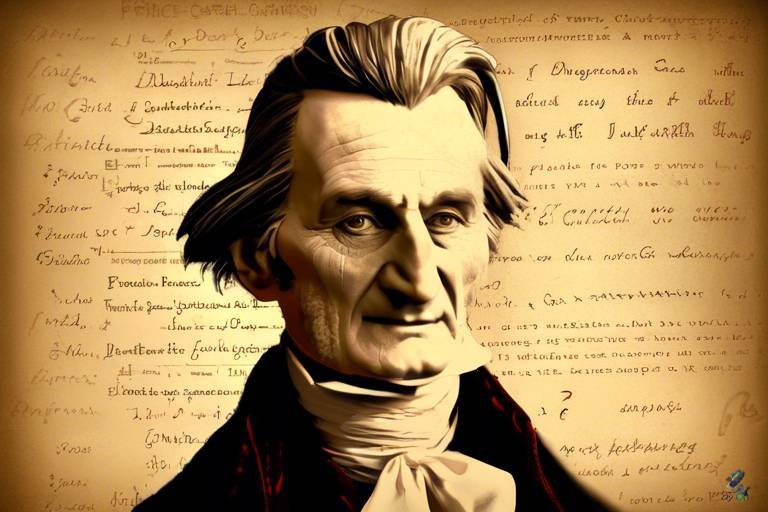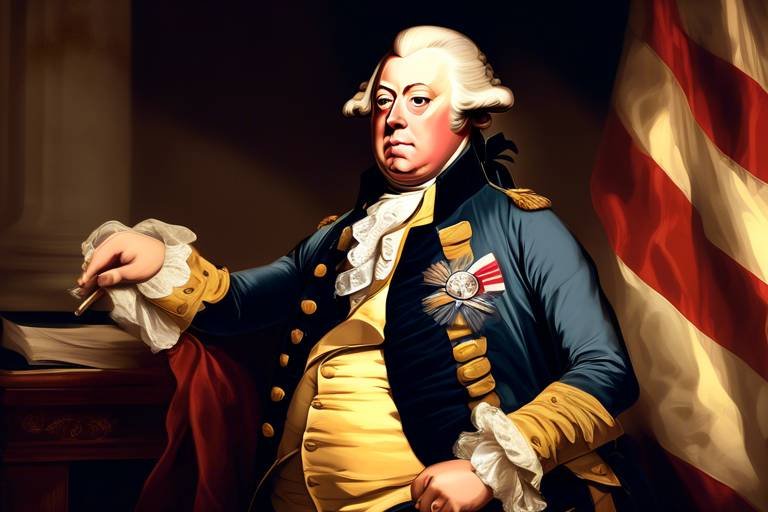Peter the Great: The Modernizer of Russia
Exploring the life and legacy of Peter the Great, the transformative Russian ruler who modernized the country and initiated significant reforms during his reign in the 17th and 18th centuries.
Known for his towering presence both physically and politically, Peter the Great ascended to the Russian throne at a young age, bringing with him a vision of modernization and progress that would shape the future of the nation. His unconventional approach and relentless drive set him apart, earning him a place in history as one of Russia's most influential leaders.
At the core of Peter's agenda was the Westernization of Russia, a bold initiative aimed at aligning the country with the standards and practices of European nations. This ambitious undertaking touched every aspect of Russian society, from the military to education, from social norms to architecture, ushering in a new era of cultural transformation.
One of Peter's most notable endeavors was the Grand Embassy, a diplomatic mission to Western Europe that exposed him to the advancements and ideas of the outside world. This eye-opening experience fueled his determination to modernize and Westernize Russia, setting the stage for sweeping reforms that would shape the nation's future.
To symbolize his commitment to progress, Peter founded the city of St. Petersburg, a grand metropolis designed to reflect the European aesthetic he admired. The city's construction marked a monumental shift in Russian architecture and urban planning, showcasing Peter's vision of a modern, European-style capital.
Not content with cultural reforms alone, Peter the Great also spearheaded military modernization efforts that transformed Russia's armed forces into a formidable power. His focus on naval expansion and strategic warfare culminated in the Great Northern War, a pivotal conflict that solidified Russia's position as a dominant force in the region.
As his reign unfolded, Peter's legacy as a visionary leader who laid the groundwork for Russia's future prosperity became increasingly evident. His reforms, though met with resistance during his lifetime, paved the way for the country's ascendance as a major European power, leaving an indelible mark on Russian history.
Today, Peter the Great's legacy continues to be a subject of debate and analysis among historians, with interpretations of his reign shaping our understanding of Russia's past and present. His enduring impact on the nation's identity and trajectory underscores the significance of his legacy as a modernizer and reformer who forever altered the course of Russian history.
1. What were Peter the Great's main accomplishments during his reign?
2. How did Peter the Great's reforms impact Russian society and culture?
3. What was the significance of the Grand Embassy in Peter's modernization efforts?
4. Why is St. Petersburg considered a symbol of Peter the Great's legacy?
5. How did the Great Northern War shape Russia's position in Europe?
6. What are the differing historical perspectives on Peter the Great's reign?
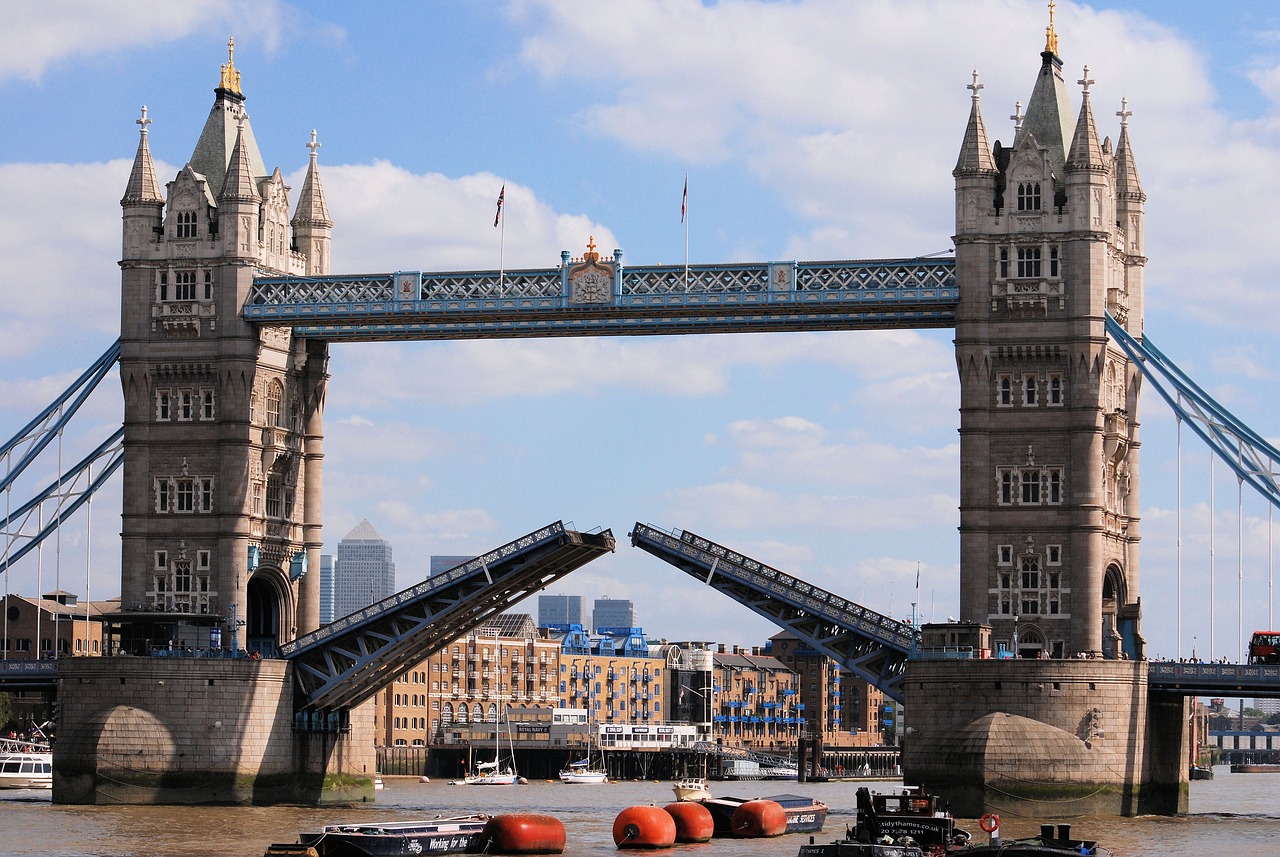
Early Life and Ascension to the Throne
Exploring the life and legacy of Peter the Great, the transformative Russian ruler who modernized the country and initiated significant reforms during his reign in the 17th and 18th centuries.
An overview of Peter the Great's upbringing, his unexpected rise to power at a young age, and the initial challenges he faced upon becoming the Tsar of Russia.
Peter the Great, born on June 9, 1672, entered a world filled with political intrigue and power struggles. His early life was marked by tumultuous events, including the power struggles within the Russian royal family. Despite not being the direct heir to the throne, Peter's ambition and determination propelled him to ascend to power at the tender age of 10, following the sudden death of his brother Ivan V.
Ascending to the throne as co-Tsar with his half-brother Ivan V in 1682, Peter faced immediate challenges as factions vied for influence within the court. His early years as ruler were marked by instability and uncertainty, but Peter's keen intellect and strong will soon set him apart as a visionary leader determined to bring about sweeping changes in Russia.
As Peter consolidated his power and emerged as the sole ruler of Russia in 1696, he embarked on a mission to transform his country into a modern European state. His early experiences navigating the complex political landscape of the Russian court shaped his resolve to modernize and reform every aspect of Russian society.
Despite facing resistance from traditionalists and entrenched interests, Peter's determination to propel Russia into the modern era drove him to implement bold and unprecedented reforms that would leave an indelible mark on the country's history.
Through his early life experiences and rapid ascension to the throne, Peter the Great laid the foundation for his ambitious agenda of modernization and reform that would shape Russia's trajectory for generations to come.

Westernization and Cultural Reforms
During his rule, Peter the Great was determined to transform Russia into a modern European power. His vision extended beyond military might to encompass cultural reforms that would align the country with Western standards. Peter recognized the need to bridge the gap between Russia and the more advanced nations of Europe, aiming to modernize not only infrastructure and military but also social and cultural norms.
One of Peter's key initiatives was the promotion of Western dress and customs among the Russian nobility. He believed that adopting European fashion and etiquette would not only modernize the appearance of his court but also signal to the rest of Europe that Russia was embracing Western culture. This shift in attire was symbolic of Peter's broader goal to Westernize Russian society and shed its traditional, more conservative image.
Furthermore, Peter the Great focused on educational reforms to bring Russian learning in line with European standards. He established schools and universities modeled after Western institutions, emphasizing subjects such as mathematics, science, and technology. By investing in education, Peter sought to cultivate a skilled workforce capable of driving Russia's modernization and technological advancement.
Additionally, Peter implemented changes in the Russian Orthodox Church to align its practices with those of Western Christianity. He restructured the church hierarchy, introduced new liturgical practices, and encouraged the clergy to adopt Western ecclesiastical traditions. These reforms aimed to bring the Russian Orthodox Church closer to the Catholic and Protestant churches of Europe, further integrating Russia into the broader Western cultural sphere.
In essence, Peter the Great's Westernization and cultural reforms were aimed at propelling Russia into the ranks of European powers. By modernizing not only the military and infrastructure but also societal norms, education, and religious practices, Peter laid the foundation for Russia's future as a key player on the global stage.
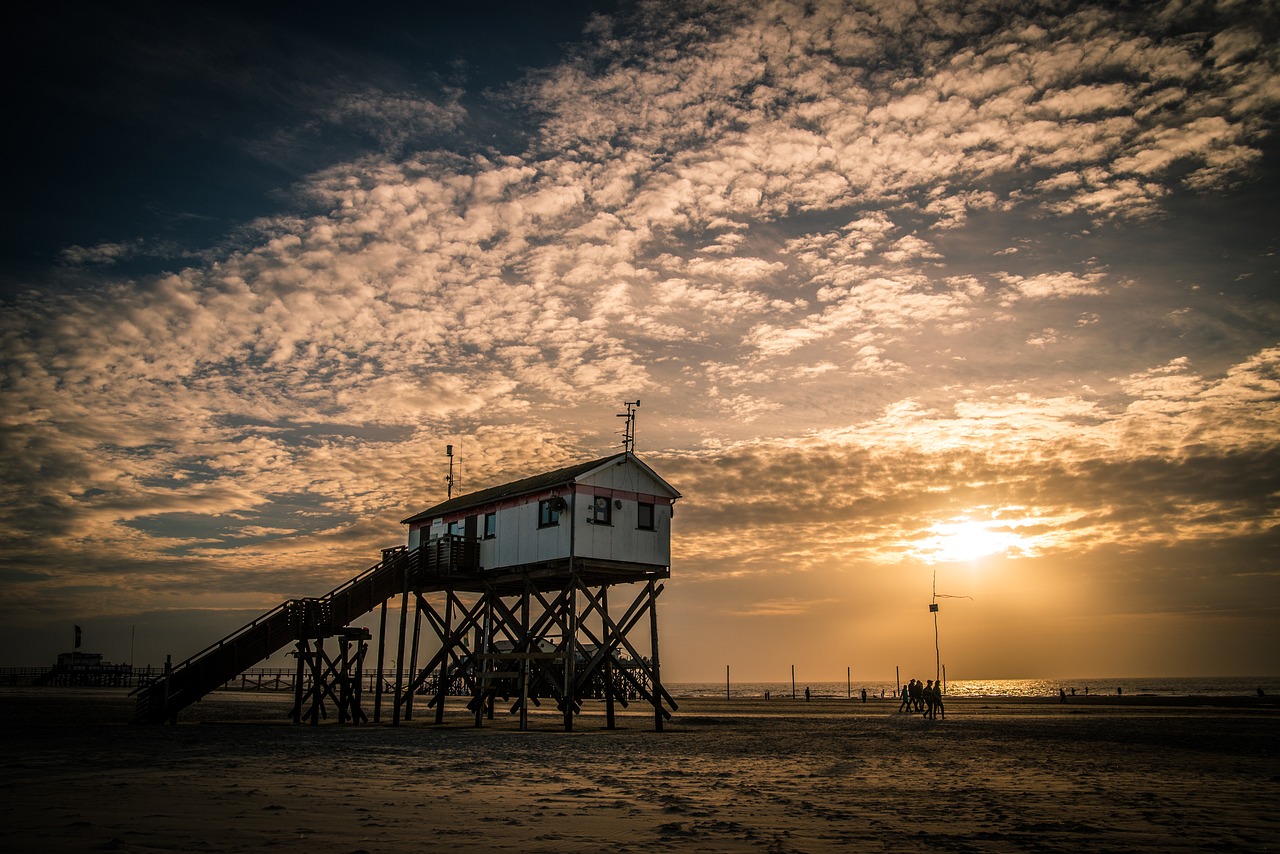
The Grand Embassy
During Peter the Great's reign, one of the most pivotal moments was his diplomatic mission to Western Europe, known as the Grand Embassy. This ambitious journey aimed to immerse Peter in the ways of the West, allowing him to gather knowledge and insights that would shape his vision for transforming Russia into a modern state. The Grand Embassy was not merely a diplomatic formality but a profound exploration of Western culture, technology, and governance.
Through the Grand Embassy, Peter the Great sought to bridge the gap between Russia and the more advanced European nations. He was determined to learn from the West and implement reforms that would propel Russia forward, both economically and socially. This strategic initiative was a bold step towards modernization, as Peter absorbed innovations in various fields, from military tactics to shipbuilding, that would later revolutionize Russia's capabilities.
One of the key outcomes of the Grand Embassy was the exposure Peter gained to Western political systems and administrative structures. Witnessing the efficiency and organization of European governments, Peter was inspired to introduce similar reforms in Russia, aiming to streamline bureaucracy and enhance governance. The knowledge he acquired during his travels played a crucial role in shaping his modernization agenda and laying the groundwork for significant transformations within the Russian state.

Foundation of St. Petersburg
When discussing the foundation of St. Petersburg, one cannot overlook the grand vision and determination of Peter the Great. This historic event marked a pivotal moment in Russian history, symbolizing Peter's commitment to modernizing and Europeanizing his vast empire. St. Petersburg was not just a city; it was a bold statement, a reflection of Peter's aspiration to bring Russia closer to the cultural and architectural standards of Western Europe.
Established in 1703, St. Petersburg was strategically positioned at the mouth of the Neva River, serving as a gateway to the Baltic Sea. The city's layout and design were meticulously planned, drawing inspiration from European urban planning principles. With its elegant palaces, grand avenues, and majestic bridges, St. Petersburg quickly became a beacon of sophistication and refinement in Russia.
Moreover, the construction of St. Petersburg served as a monumental feat of engineering and manpower. Thousands of serfs and laborers toiled to realize Peter's ambitious vision, enduring harsh conditions and challenges to transform marshlands into a flourishing metropolis. The city's architectural marvels, such as the Peter and Paul Fortress and the Winter Palace, stand as enduring testaments to Peter the Great's legacy and foresight.
St. Petersburg not only represented a physical manifestation of Peter's modernization efforts but also became a vibrant hub of culture, art, and intellectual exchange. The city's vibrant cultural scene, embodied by institutions like the Hermitage Museum and the Mariinsky Theatre, continues to attract visitors from around the world, showcasing the enduring impact of Peter's vision.
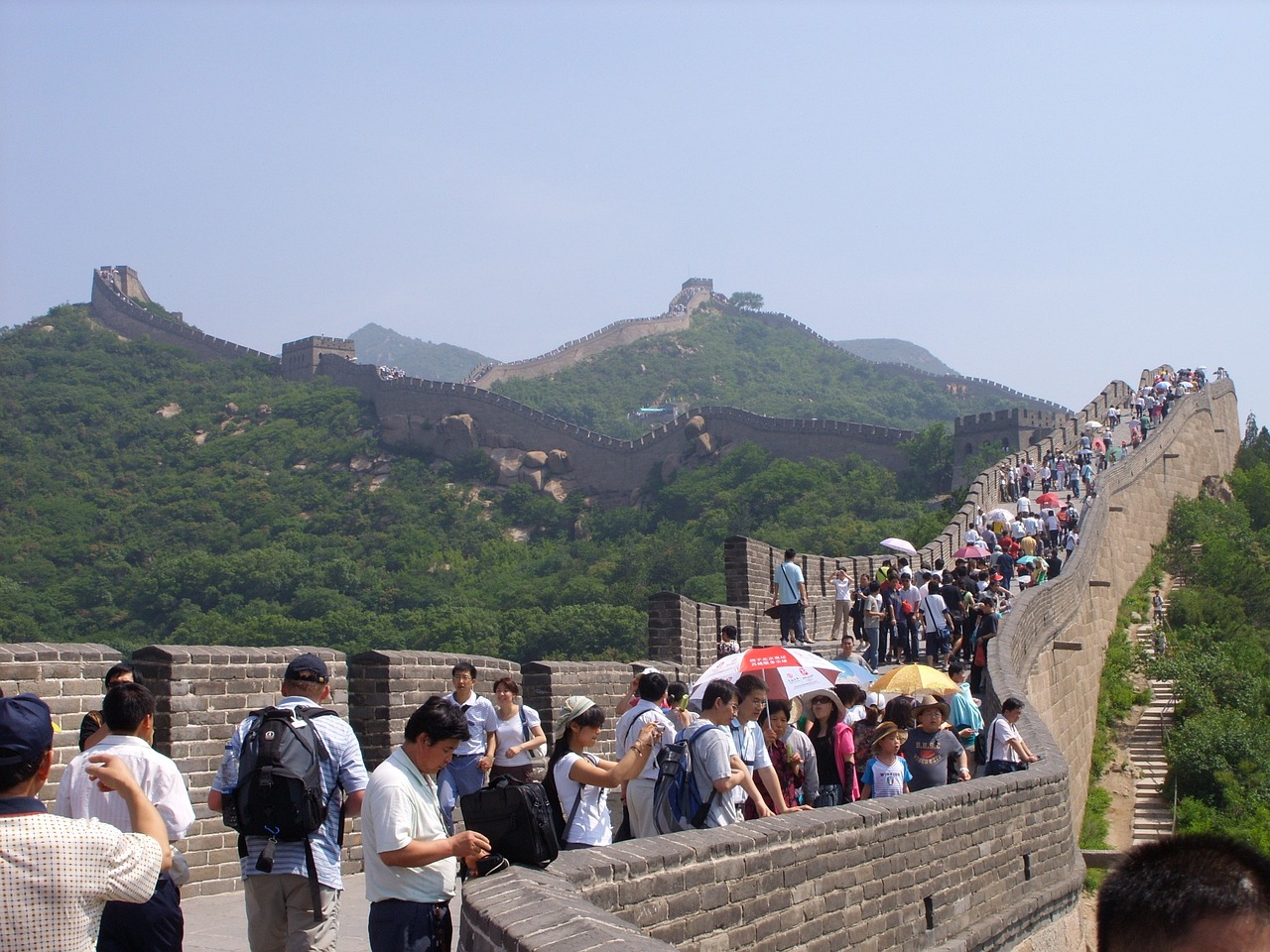
Military Reforms and Expansion
Exploring the life and legacy of Peter the Great, the transformative Russian ruler who modernized the country and initiated significant reforms during his reign in the 17th and 18th centuries.
Peter the Great's military reforms were a cornerstone of his modernization efforts in Russia. Recognizing the importance of a strong military in securing and expanding his empire, Peter implemented significant changes to the Russian armed forces. One of his most notable reforms was the creation of a powerful navy, which enabled Russia to establish a presence in the Baltic Sea and challenge the naval dominance of other European powers.
In addition to naval reforms, Peter modernized the army by introducing Western military tactics, training methods, and weaponry. This transformation not only improved the effectiveness of the Russian military but also allowed for successful military campaigns that expanded Russian territories.
Furthermore, Peter the Great's military expansion was exemplified by the Great Northern War, a conflict between Russia and Sweden. This war, which lasted for over two decades, resulted in significant territorial gains for Russia, including access to the Baltic Sea and the acquisition of new territories in the region.
Through his military reforms and expansion efforts, Peter the Great not only strengthened Russia's military capabilities but also solidified the country's position as a major European power. His strategic vision and decisive actions laid the foundation for Russia's future military successes and territorial growth.

The Great Northern War
The Great Northern War was a significant conflict that took place between Russia and Sweden, lasting from 1700 to 1721. This war was a pivotal moment in Peter the Great's reign, as it allowed Russia to assert its power in the Baltic region and gain access to vital trade routes. The primary goal of the war was for Russia to secure territory along the Baltic Sea and establish itself as a major player in European politics.
One of the key battles of the Great Northern War was the Battle of Poltava in 1709, where the Russian forces decisively defeated the Swedish army. This victory solidified Russia's position as a dominant military power in the region and marked a turning point in the war. Following this triumph, Russia was able to expand its influence further into the Baltic territories, ultimately leading to the Treaty of Nystad in 1721, which ended the war and solidified Russia's control over the Baltic coast.
During the Great Northern War, Peter the Great's military reforms and modernization efforts proved instrumental in Russia's success on the battlefield. He focused on building a powerful navy, improving the training and equipment of the army, and implementing strategic tactics that outmaneuvered the Swedish forces. These reforms not only contributed to Russia's victory in the war but also laid the groundwork for the country's future military prowess.
Moreover, the Great Northern War had far-reaching consequences beyond the battlefield. It reshaped the geopolitical landscape of Northern Europe, diminishing Sweden's influence in the region while elevating Russia as a major player. The war also highlighted Peter the Great's ambition to position Russia as a formidable European power, setting the stage for the country's continued expansion and influence in the years to come.

Legacy and Impact
Exploring the legacy of Peter the Great reveals a profound impact on Russia's historical trajectory and modern identity. His reign as a transformative leader left an indelible mark on the country, shaping its future development and positioning it as a major European power. Peter's relentless pursuit of modernization and reform laid the foundation for Russia's evolution into a formidable nation on the world stage.
One of the key aspects of Peter the Great's legacy is his unwavering commitment to Westernization. By embracing European standards and practices, Peter sought to propel Russia into the modern era. His reforms touched every facet of society, from the military and education system to social norms and administrative structures. This cultural shift not only aligned Russia with its Western counterparts but also set the stage for future advancements and progress.
Additionally, Peter's vision for a modern Russia is epitomized by the founding of St. Petersburg. This new capital city symbolized his determination to create a European-style metropolis that would serve as a beacon of progress and innovation. The construction of St. Petersburg reflected Peter's ambition to transform Russia into a cosmopolitan hub that rivaled the great cities of Europe.
Furthermore, Peter the Great's military reforms and expansion efforts significantly bolstered Russia's power and influence on the world stage. By modernizing the army and navy, Peter transformed Russia into a formidable military force capable of competing with its European neighbors. The successful military campaigns, notably the Great Northern War against Sweden, further solidified Russia's position as a dominant player in regional politics.
Historically, Peter the Great's legacy has been subject to various interpretations in scholarly circles. While some view him as a visionary modernizer who propelled Russia into the future, others criticize his methods as overly harsh and authoritarian. These differing perspectives highlight the complexity of Peter's reign and the enduring impact of his reforms on Russian society.

Historiographical Perspectives
When examining the historiographical perspectives on Peter the Great, it becomes evident that scholars have offered diverse interpretations of his reign and reforms. Some historians view Peter as a visionary modernizer who propelled Russia into the ranks of European powers through his bold initiatives and sweeping changes. They emphasize his efforts to Westernize Russia, his military reforms, and the establishment of St. Petersburg as pivotal moments in Russian history.
On the other hand, critics argue that Peter's reforms were implemented through authoritarian means, often at the expense of the Russian people's well-being and traditional values. They highlight the coercive nature of his policies, such as the imposition of Western dress codes and the Table of Ranks, which aimed to centralize power and enforce compliance with European norms.
Moreover, the debate extends to the long-term impact of Peter the Great's legacy on Russia's development. While some scholars credit him with laying the groundwork for Russia's modernization and territorial expansion, others point to the social upheaval and cultural disruption caused by his reforms. The ongoing discourse surrounding Peter's reign underscores the complexity of his historical significance and the enduring relevance of his reforms in shaping Russia's identity.
Frequently Asked Questions
- Who was Peter the Great?
Peter the Great, also known as Peter I, was a prominent Russian ruler who reigned from 1682 to 1725. He is renowned for his efforts to modernize Russia and bring about significant reforms during his rule.
- What were Peter the Great's main accomplishments?
Peter the Great's main accomplishments include Westernizing Russia by modernizing the military, education system, and social norms, establishing St. Petersburg as a new capital, and expanding Russian territories through successful military campaigns.
- Why is Peter the Great considered a transformative leader?
Peter the Great is considered a transformative leader due to his vision for modernizing Russia and aligning it with European standards. His reforms laid the foundation for Russia's future development and positioned the country as a major European power.
- What was the significance of the Grand Embassy?
The Grand Embassy was Peter the Great's diplomatic mission to Western Europe, which had a profound impact on his vision for transforming Russia into a modern state by introducing Western ideas and technologies to the country.
- How did Peter the Great's military reforms impact Russia?
Peter the Great's military reforms led to the creation of a powerful navy, successful military campaigns, and the expansion of Russian influence in the Baltic region, solidifying Russia as a significant military power.


